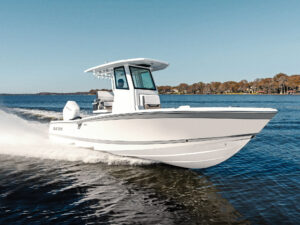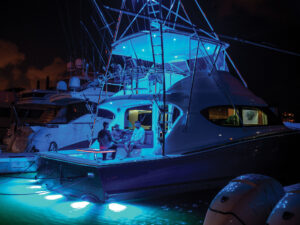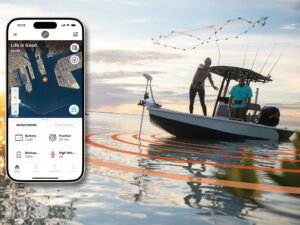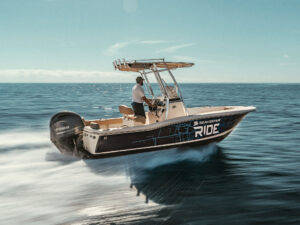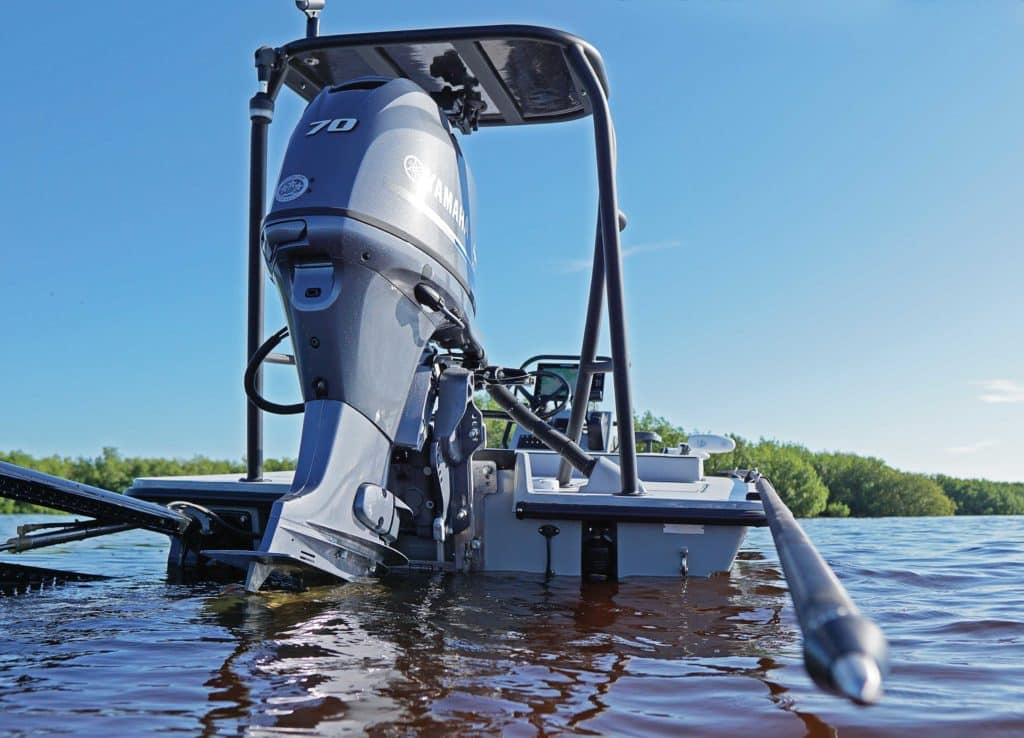
If you’ve scoped out new bay boats or flats skiffs recently, many most likely sported a jack plate on the transom. What started as a custom-made part for single-engine racing boats in the 1970s has now become a standard offering for many boatbuilders.
Capt. Jay Withers, who runs fishing charters in southwest Florida’s Charlotte Harbor and Boca Grande Pass aboard a Pathfinder 2500 Hybrid bay boat and a Maverick 17 HPS-X flats skiff, truly believes in jack plates.
“My jack plate gets used more than anything else on the boat,” he says. “I wish more people knew how to operate one.”
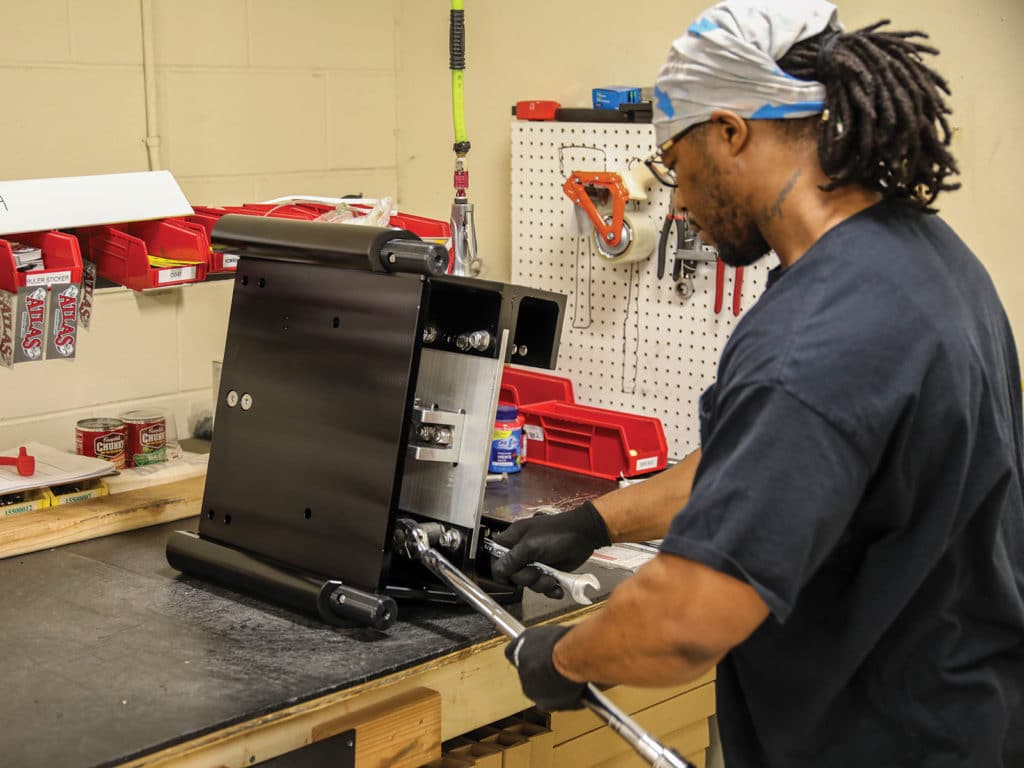
Each of Withers’ boats came from the factory with an Atlas electro-hydraulic jack plate made by T-H Marine. An electro-hydraulic jack plate is essentially a metal frame that holds the outboard motor, and elevates and lowers it using hydraulic pressure.
The Pathfinder’s jack plate features a 6-inch setback, meaning it holds the Yamaha F300 outboard 6 inches aft of the boat transom. That setback—which can range from 4 to 14 inches on production jack-plate models from builders such as Bob’s Machine, Dometic and the aforementioned T-H Marine—creates leverage for the motor to lift more of the hull from the water. Jack plates can weigh anywhere from about 30 to more than 70 pounds.
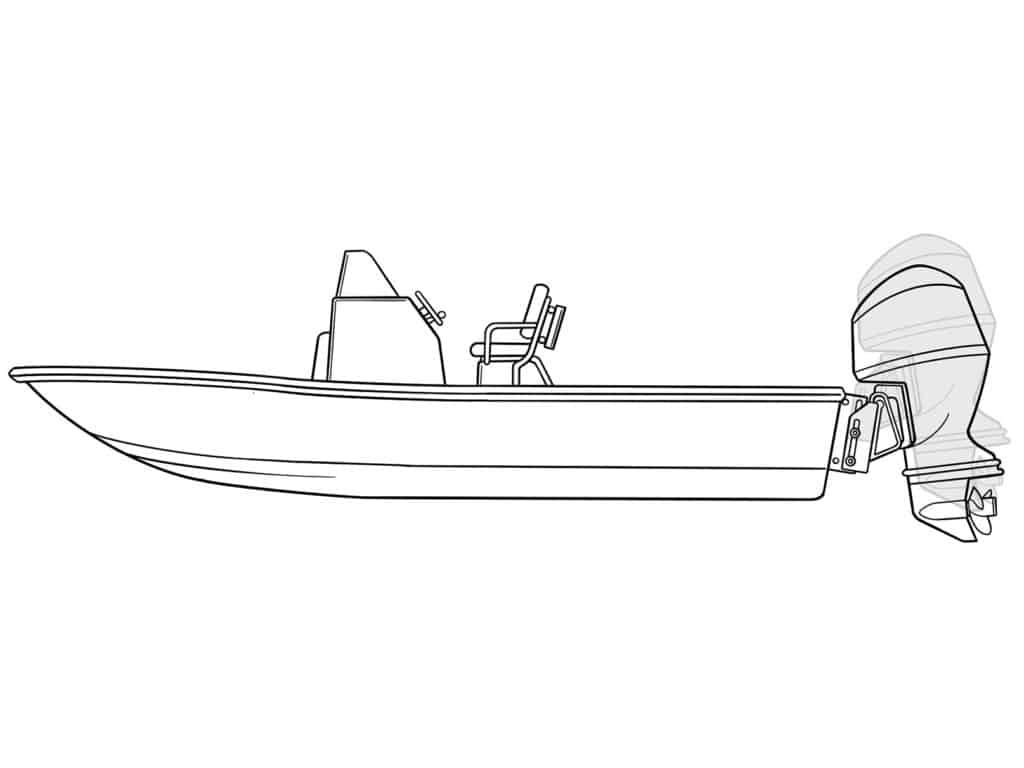
Withers primarily uses his jack plates to improve performance, increasing fuel efficiency and speed, as well as generating better hole shots. “I bring the Pathfinder’s jack plate up 2 inches and have the engine trimmed to say a 4 (on a scale of 1 to 10), and that is the optimal range for my outboard’s best performance,” he explains.
Withers often carries as many as three anglers, plus a full livewell and fuel tank, gear and ice, which really add weight to the boat. “Raising the jack plate, just on the initial jump up, lets the prop turn at higher rpm, which produces a better hole shot,” he says.
To jump on plane in shallow water, the veteran fishing guide raises the jack plate to its maximum height of 5 5/8 inches, and trims the engine and tabs all the way down. “That allows the boat to take off on a flatter angle,” he points out. “If I put the boat in gear and don’t see any disturbance of the bottom, I know I have more than a boat length to jump on plane without any issues.”
The Atlas Micro Jacker on Withers’ skiff features a 4-inch setback for his Yamaha F70, a more common setback for this boat type, which is already designed to run shallow.
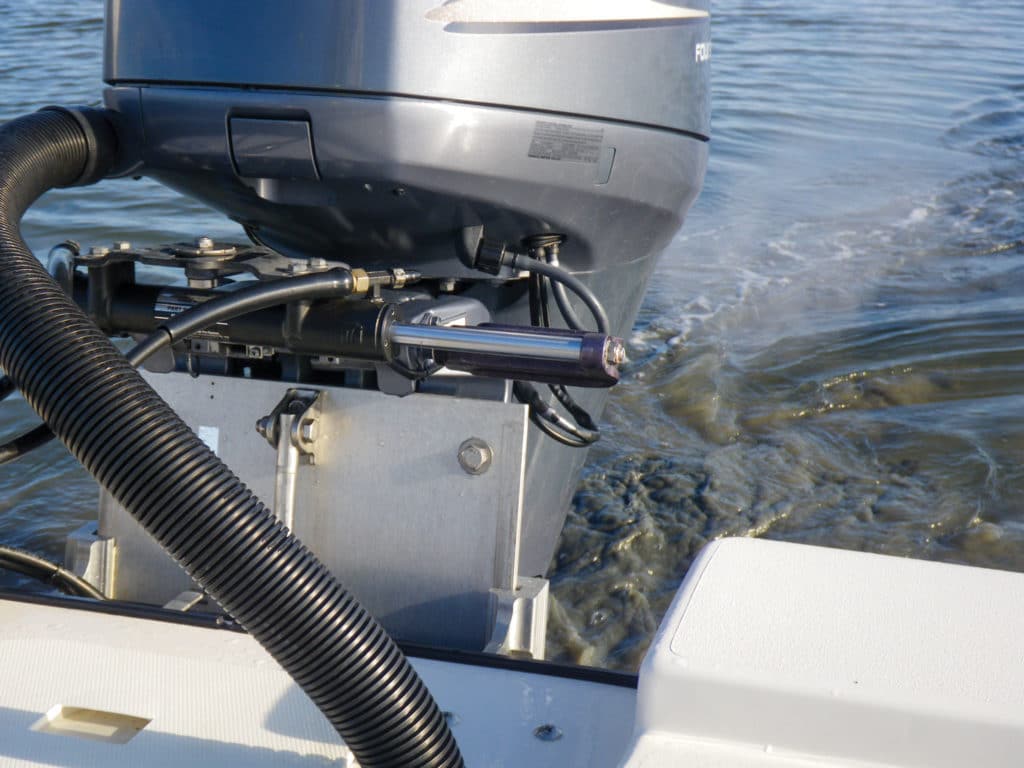
He uses the jack plate to get on plane in the shallowest water hitting the bottom, using a doughnut hole shot. “I move the jack plate all the way up and trim the motor flat. Then I set the steering wheel all the way to one side and accelerate. That puts the boat on its side, moving in a circle,” he explains. The maneuver puts the lower unit at an angle to clear the bottom, and the boat comes on plane atop the wake generated by the turn.
Anglers with time to spare often drop the trolling motor and move toward deeper water. However, in many locations—including some that Withers fishes—flats extend hundreds of yards, and feature only a few holes deeper than the surrounding 7- or 8-inch depth, demanding creative measures.
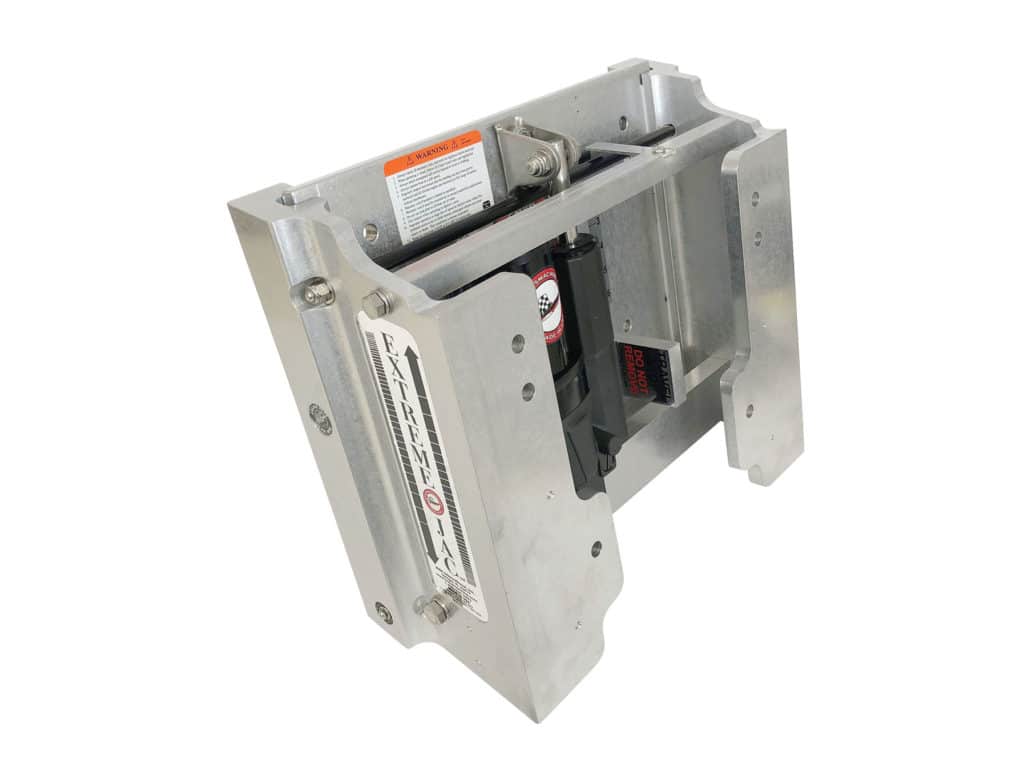
While many boats offer a jack plate as standard or optional equipment, anglers who want an aftermarket installation should consult their respective boatbuilder or a dealer for guidance to choose the model that will work best for their boat and outboard, and accomplish their particular goals.
Besides the differences in setback and weight, some jack plates move up and down more quickly, some require periodic greasing, some combine elevation with tilt and trim, and some network with NMEA 2000.
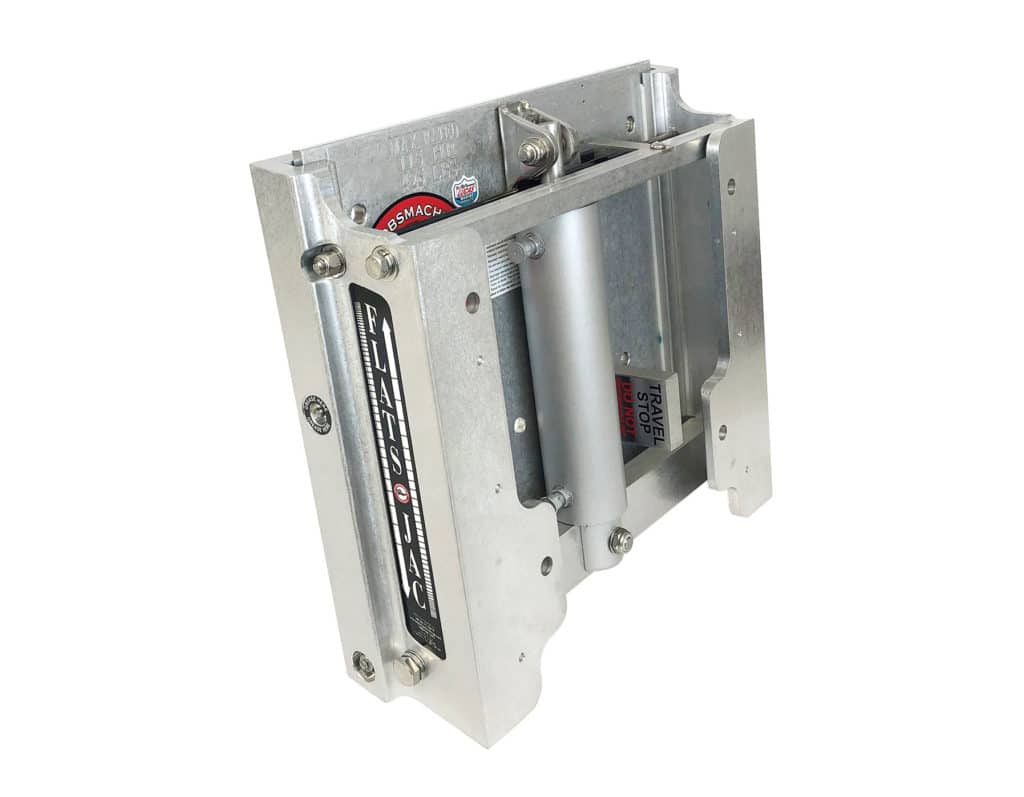
For boaters with a limited budget, there are less-expensive, manual versions. (Jack-plate prices range from $200 to $1,700.)
“Overall, jack plates have been a great asset,” Withers says. “I look at boats now that don’t have them, and I know how much they’re missing.”
Benefits of a Jack Plate
- Raising the motor with the jack plate decreases bow rise and squatting during takeoff, ensuring a faster hole shot.
- Jacking up the motor adds clearance for the skeg and prop, allowing the boat to run shallower without hitting bottom.
- The right jack-plate adjustment lets the prop reach higher rpm with less effort, boosting fuel efficiency.

